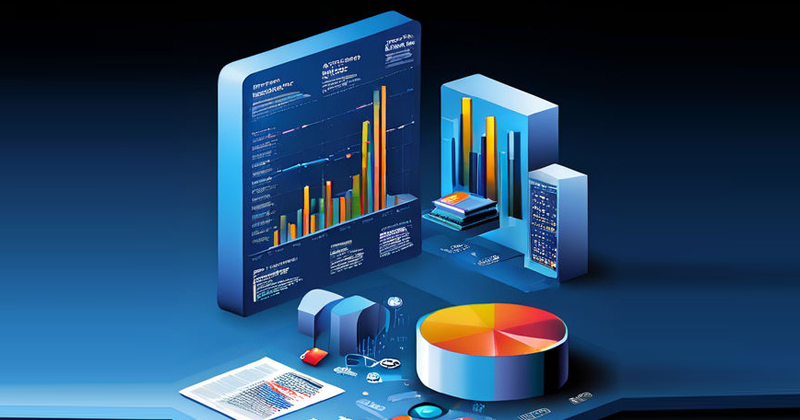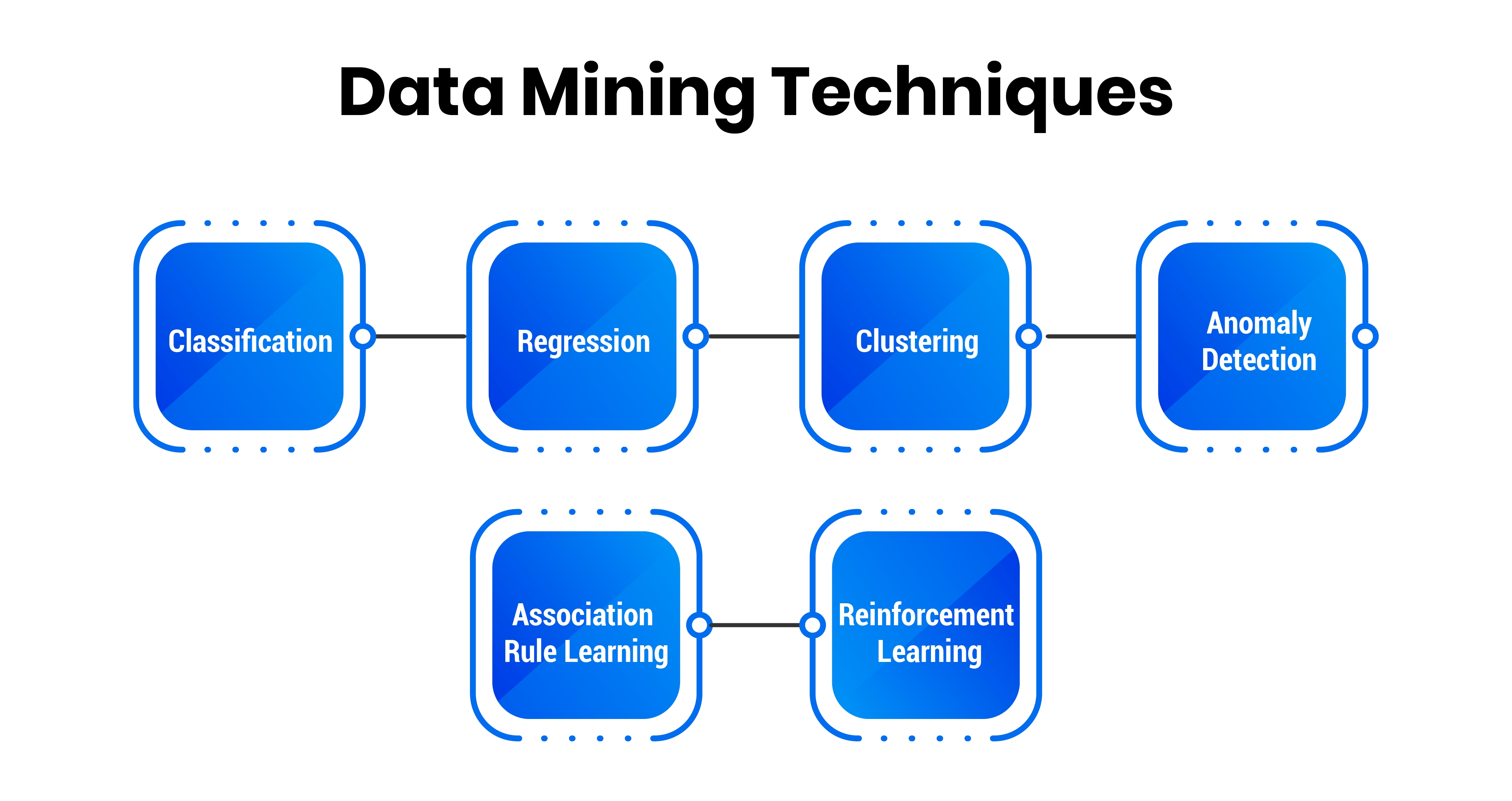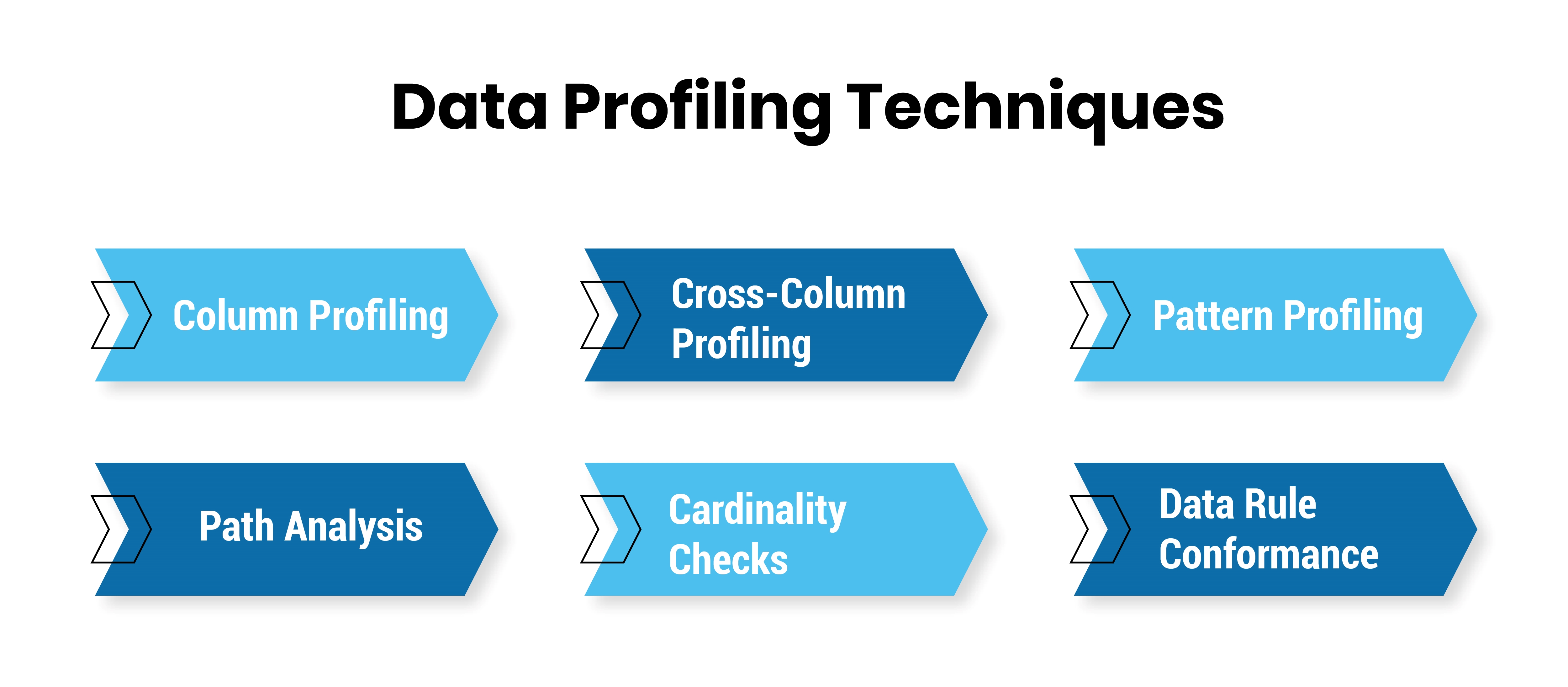
In the modern data-driven world, effectively analyzing datasets and extracting strategic value is pivotal for organizations to gain competitive edges. But between the buzzwords of “data mining” and “profiling”, confusion often arises on how these analytics approaches differ and deliver intelligence.
This blog offers an in-depth perspective into data mining and profiling, how they complement reporting, their techniques, use cases, and implications for data teams aiming to unlock deeper data truths empowering data scientists with actionable ideas advancing corporate strategy.
Data Reporting vs. Advanced Analysis
Standard data reporting refers to summarizing raw datasets into digestible metrics like totals, percentages or visualizations conveying performance snapshots. Data mining and profiling build on raw figures to uncover less visible insights through advanced analysis.
Data mining employs statistical learning and AI to detect influential patterns across large, complex data. This predictive modeling forecasts behaviors and outcomes that reporting alone cannot achieve.
Data profiling analyzes the condition of the source information itself through multiple quality checks. The goal is optimizing datasets for reliability before conducting intensive computations like data mining.
Let's explore both approaches further.
Data Mining - Extracting Intelligence from Data
Data mining refers to discovering trends, patterns and meaningful information within large structured datasets using specialized algorithms. Retailers predicting customer purchase behaviors based on transaction histories demonstrate simple mining. More advanced applications power recommendation systems, financial fraud detection or scientific discoveries.
Three key data science disciplines converge to enable the “smart” in data mining:
- Statistics: Foundational math for making sense of numbers and variables through techniques like regression modeling, simulations or data visualization.
- Artificial Intelligence: Mimicking human cognition, AI components called machine learning models “learn” by processing labeled training data. Their pattern recognition capability generalizes those learnings to make predictions for new unlabeled data.
- Machine Learning: A subset of AI focusing specifically on algorithms that improve themselves over time as they ingest more data without explicit programming. Machine learning models lie at the heart of predictive data mining.
A Step-By-Step Data Mining Process
While variations exist, the cross-industry standard CRISP-DM model outlines an end-to-end data mining process in six phases:
- Business Understanding: Clearly define questions and objectives for the data mining initiative, linking to overarching corporate goals. Prioritize areas with the highest potential impact on revenue growth.
- Data Understanding: Deeply explore source datasets through statistical analysis enhancing feel for useful patterns. Assess data quality, first filtering any dirty information compromising mining reliability.
- Data Preparation: Clean, transform and consolidate data into analysis-ready structures. Activities include handling missing values and outliers, normalization, feature selection or engineering inputs optimized for selected modeling techniques.
- Modeling: Create and calibrate machine learning models uncovering patterns of interest within prepared data. Regression analysis, decision trees, clustering, neural networks constitute some standard techniques.
- Evaluation: Critically assess model performance on test data with metrics like accuracy, precision or error rates. Analyze mispredictions to refine techniques and parameters or collect additional training data until models achieve target effectiveness.
- Deployment: Operationalize validated models through data integration with business processes and systems enabling data-driven automation, predictions and decision making. Monitoring sustains model accuracy as new data flows in.
Data Mining Techniques - Algorithms Powering Discovery
Several data mining algorithms cater to different analytic needs. Common techniques include:

- Classification: Predict categorical target variables like risk levels, diagnoses, sentiment or customer segments based on historical examples of each class. Algorithms “learn” class patterns to assign new data points. e.g. Support Vector Machines, Random Forests.
- Regression: Estimate numeric outcomes like sales, costs or particle trajectories by modeling how changes in input variables impact targets statistically. e.g. Linear Regression, Multivariate Regression.
- Clustering: Discover intrinsic patterns by grouping data points sharing common traits. Segment customers into personas or social graphs by interests minus predefined labels. e.g. K-Means, Hierarchical Clustering.
- Anomaly Detection: Pinpoint unusual data deviating from norm behaviors using similarity measures or predictive models. Use to detect fraud, system faults or rare medical conditions. e.g. Isolation Forests, One-Class SVM.
- Association Rule Learning: Reveal interesting co-occurrence relationships and sequences like customers who buy product X also buy product Y. e.g. Apriori, Eclat Algorithms.
- Reinforcement Learning: AI agents learn optimal actions maximizing rewards through trial-and-error interactions with environments. Used for strategic gameplay or supply chain planning.
Real-World Business Impact
Data mining powers paradigm shifts across domains by tapping previously inconceivable insights:
- Healthcare: Identifying biological mechanisms of diseases, adverse drug reactions, precision treatment responses based on biomarkers vs trial-and-error medicine.
- Finance: Data mining enhances algorithmic trading, fiscal forecasting, portfolio optimization and risk modeling for competitive investment strategies.
- Entertainment: Media giants mine viewer habits to recommend personalized content and create hit shows. Dating apps also connect compatible profiles by learned preferences.
- Retail: Online stores analyze past purchases, search queries and demographics to accurately suggest products aligning customer needs and enhance satisfaction.
- Manufacturing: Predictive maintenance checks continuously monitor equipment using sensors to mine performance data and pinpoint issues before catastrophic failures.
- Autonomous Vehicles: Algorithms crunch driving visuals, routes, traffic patterns and collide avoidance maneuvers to train robocars navigating safely on dynamic roads.
Data Profiling - Understanding the Foundation
While data mining extracts intelligence from information, data profiling investigates properties of the source itself to assess and improve quality. This data analysis checks data characteristics and relationships across sources to uncover inconsistencies, duplication issues or integrity constraints violating business rules.
Data profiling plays a pivotal role in analytics success and ROI by ensuring bad data doesn't yield false insights or skew model assumptions later. The process often integrates with data warehousing pipelines and lays groundwork benefiting advanced analysis.
Anatomy of The Data Profiling Process
A standard data profiling routine assess various quality dimensions:
- Accuracy: Data conforms to formats matching domain rules and expectations. Addresses invalid values like text in numeric fields.
- Completeness: Information populates across records and attributes as per standards. Flags missing values skewing analysis.
- Uniqueness: No unintended duplicate data points across tables or columns avoiding double counting.
- Consistency: Uniform data formats, semantics and encodings adhere to related elements across datasets. Inconsistent metadata gets mapped.
- Referential Integrity: Expected references and links between interrelated data points remain intact. Reveals orphan records missing linked entities.
Data Profiling Techniques - Metadata Under the Microscope
Several methods diagnose data health from different angles:

- Column Profiling: Analyze patterns within individual columns. e.g. value frequencies, ranges and distribution. Identify integrity issues like invalid formats.
- Cross-Column Profiling: Jointly analyze related columns. Assess column combinations repeating values, correlation and functional dependencies affecting data quality.
- Pattern Profiling: Check if data follows expected sequential events or time order without unlawful deviations. e.g. age always increasing vs irregularities signalling issues.
- Path Analysis: Verify properly connected parent-child data element references across tables. Find missing components causing integrity errors.
- Cardinality Checks: Count distinct values in column subsets assessing depth/variation. Highlights suspiciously repetitive data requiring audits.
- Data Rule Conformance: Ensure data satisfies predefined rules, data types and value sets as per standards. Flags deviations.
The Road Ahead
Today's data holds exponentially greater business insights than organizations can conventionally harness. As analytics permeates deeper across industries in the analytics economy era with data mining and profiling at the helm, leading the data curve becomes imperative for competitive resilience.
Customers already adopt these techniques for strategic advantages. But endless potential remains tapping deeper data truths boosting top-and-bottom lines. The possibilities for mining undiscovered gold from self-service custom analytics are truly boundless.
































